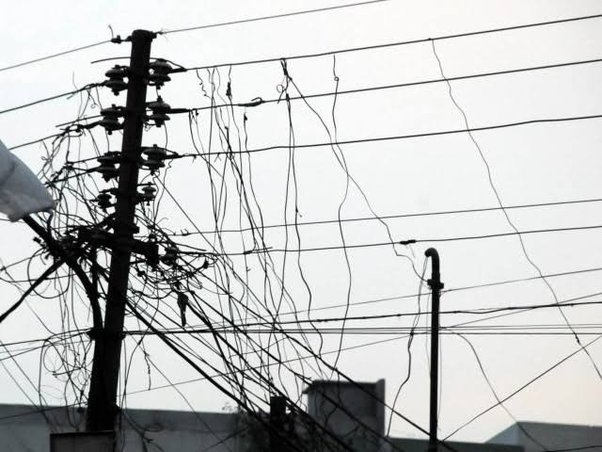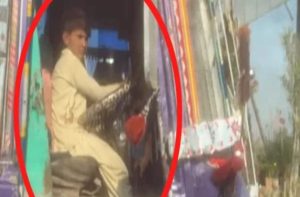Safety hazards abound in densely populated and rapidly expanding cities like Karachi. We may have become inured to the sights around us, but tangles of loose TV and internet cables on utility infrastructure, encroachments bringing construction dangerously close to live power lines, and theft of electricity through kundas continue to endanger the lives of ordinary citizens. These hazards become even more pronounced during heavy monsoon seasons – water and electricity do not mix after all.
Where it is important to address the underlying causes that enable encroachment and theft to occur in the first place, it is equally important to equip ourselves with knowledge on how to deal with emergencies where electricity may be involved. Timely administered first aid can save a life, especially for incidences which may occur inside homes due to faulty wiring, damaged switches, and especially water motors.
Below are some of the steps which can be taken while they are taken to the hospital for treatment or until help arrives. Make sure that you call a lifesaving ambulance such as the Sindh Emergency Rescue Service (1122).
Turn off the source of electricity – do not touch the victim directly!
In case you are outdoors and notice a broken wire that has fallen on the ground, or sparking in an electrical infrastructure, call 118 immediately. K-Electric responds to electrical emergency complaints by powering down the area to ensure the safety of all residents and passersby. If an incident occurs indoors, ensure that you first disconnect the power source and do not touch the affected person with bare hands. Use an object made of plastic, wood, or rubber to remove the affected person away from the power source. Call an ambulance immediately.
Lay the victim on their back and open their airways, get someone to perform CPR if the person is not responsive.
Do not use water to put out an electric fire. Use sand or a class C fire extinguisher to do so as water will conduct electricity and increase the hazard to all.
Treating burns
If the victim is responsive and breathing, engage them in a conversation until help arrives or take them to the nearest hospital if an ambulance would take longer, which could be the case in areas inundated with rainwater. Cool the burnt area with running water for 15 to 20 minutes and make sure to never cover the burnt area with oil or ointments. You may cover burns with only those dressings which would not stick to the skin. Alternatively, you can also loosely apply cling wrap but ensure that it is not wound tightly around any body part because it would further complicate swellings.
Vehicles draped in power lines
Heavy winds post or during thunderstorms, may cause cables to sway and break. Often, TV and internet cable wires also carry booster devices which carry current. Such wires, which encroach on all infrastructure, can be especially dangerous. Chances are that power supply would have been disconnected in that area as a safety precaution, if not then better make that call requesting for the power supply to be disconnected.
If you are inside the vehicle, know that the tyres act as insulation, and you must stay inside to stay protected from a potential electric shock. Call for help – the power company or an ambulance service may be able to provide it and assist you towards a safe exit.
If you arrive close to the scene of the accident, make sure that you maintain a safe distance of at least 8-10 metres and call relevant authorities to cordon the area off.
It is likely that some people post electrocution would experience temporary sensations which may not lead to a significant physical damage while those who do not experience injuries or cardiac abnormalities within a span of 24 to 48 hours of electric shock are quite likely to stay normal.













